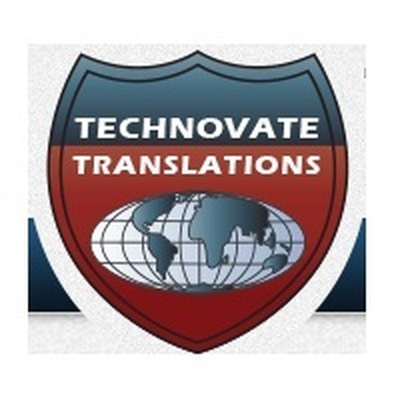More from Technovate Translations
More in Politics
Related Blogs
أرشيف
حصة الاجتماعي
Understanding the Patent Document Translation Challenges
منشور من طرف Technovate Translations
الجسم
In today's global marketplace, patent translation services play a crucial role in protecting inventions across borders. These specialized services help inventors and companies share their ideas in different languages while keeping the legal meaning intact. Good patent translations are key to getting protection in other countries and stopping others from copying inventions without permission.


The Language Barrier in Patents
Patents use a special kind of language. It's not like everyday talking. Patent words are very exact and careful. This makes translating patents tricky.
Imagine you have a cool new machine. In your country, you might call a part of it a "widget." But in another country, they might not use that word. Or it might mean something different. A good patent translator needs to find the right word that means the same thing in both places.
Technical Terms: A Double Challenge
Patents are often about new inventions. These inventions can be in areas like medicine, computers, or machines. Each area has its own special words. A patent translator needs to know these words in both languages.
For example, a medical patent might talk about a new drug. The translator must know the right words for chemicals and body parts in both languages. Getting even one word wrong could change what the patent means. This could cause big problems later.
Legal Speak: Not Just Words, But Rights
Patents are legal papers. They give the inventor rights. The words in a patent say exactly what those rights are. When translating, it's not enough to just change the words to another language. The legal meaning must stay the same.
Different countries have different laws about patents. A good patent translation service knows about these laws. They make sure the translation follows the rules in the new country.
Cultural Differences: More Than Just Language
Words can mean different things in different cultures. A phrase that sounds normal in one country might be confusing or even rude in another. Patent translators need to be aware of these cultural differences.
For example, some cultures use very formal language in legal documents. Others might be more direct. A good translation matches the style that works best in each place.
Keeping Up with Change
The world of inventions is always changing. New things are created all the time. This means new words are needed to describe them. Patent translation services must keep learning these new words and ideas.
Also, patent laws can change. What was okay in a patent last year might not work this year. Translators need to stay up to date with these changes in all the countries they work with.
The Human Touch in a Technical World
While computers can help with translation, they can't do the whole job. Patent translation needs human skills. A person can catch small mistakes that a computer might miss. They can also make sure the translation sounds natural and makes sense to readers.
Good patent translators are like bridges. They connect inventors in one country to patent offices and courts in another. They help make sure that good ideas can be protected all around the world.
The Cost of Mistakes
Getting a patent translation wrong can be very expensive. If a translation has mistakes, the patent might not protect the invention properly. Someone else might be able to copy the idea. Or the inventor might get in trouble for accidentally breaking rules.
This is why many companies use professional patent translation services. These services have experts who know how to avoid costly mistakes.
Final Thought
Patent translation is a complex task that requires skill, knowledge, and attention to detail. It combines language expertise with technical understanding and legal know-how. As the world becomes more connected, good patent translation services are more important than ever. They help make sure that great ideas can be shared and protected across different languages and cultures.












تعليقات